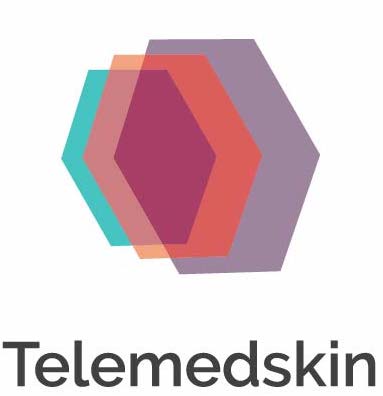Medical Ethics of Data Privacy: Beneficence versus Non-Maleficence
Let’s apply 2 medical ethics principles on data and discuss some conclusions
Beneficence
- One application of this principle to clinical data like dermatologic images, is that on an individual level the clinical data was acquired for the primary purpose of diagnosing and treating and helping the patient.
- But from a population perspective, a secondary use of the data can then be regarded as a public good. One could make the argument that it would be actually unethical to refrain from using this clinical data to develop tools that have an agile dependent on others:
- For example: in the UK, this is recognized and written into the Constitution of the NHS, which pledges to anonymize the information collected during the course of treatment, and to use it to support research and improve care for others.
Non Maleficence
- In contrast, when thinking about principles of respect for autonomy, one may weigh the balance of both the risks and benefits of the application for an individual, where if an individual doesn’t themselves derive benefit, then the risks that they’d be undertaking would be unbalanced.
- Furthermore with the increasing use of large clinical data sets, maintaining data privacy and confidentiality, and thus respect for persons, that concept is an increasing challenge. We know that removal of all potentially identifiable information from large data sets can be a daunting task. And in fact, it’s now clear that even with the most rigorous efforts and the most robust, deep taking away of personal data, there will always remain at least the theoretical risk of re-identification.
- For example, in an interesting recent publication where researchers took facial recognition software, applied it to 3D reconstructions of radiologic imaging and showed that you could actually figure out whose MRI was being shown. (Schwartz et al. NEJM 2019)
- In addition, there are other things that have been shown that pictures of the periocular region of the face, had been used to identify the age of patients using machine algorithms. And in fact, even from funduscopic photos, gender, age, cardiovascular risk factors can be identified.
- Therefore privacy risks are compounded by rapidly growing amounts of medical data and patient information that will only continue to accumulate over time. Thus, it will probably be in the future possible to identify patients by linkages with other data sets without even use of advanced or future technologies.
Justin Ko, MD. Ethical Considerations in AI. 8th World Congress of Teledermatology, Skin Imaging and AI in Skin diseases – November 2020
